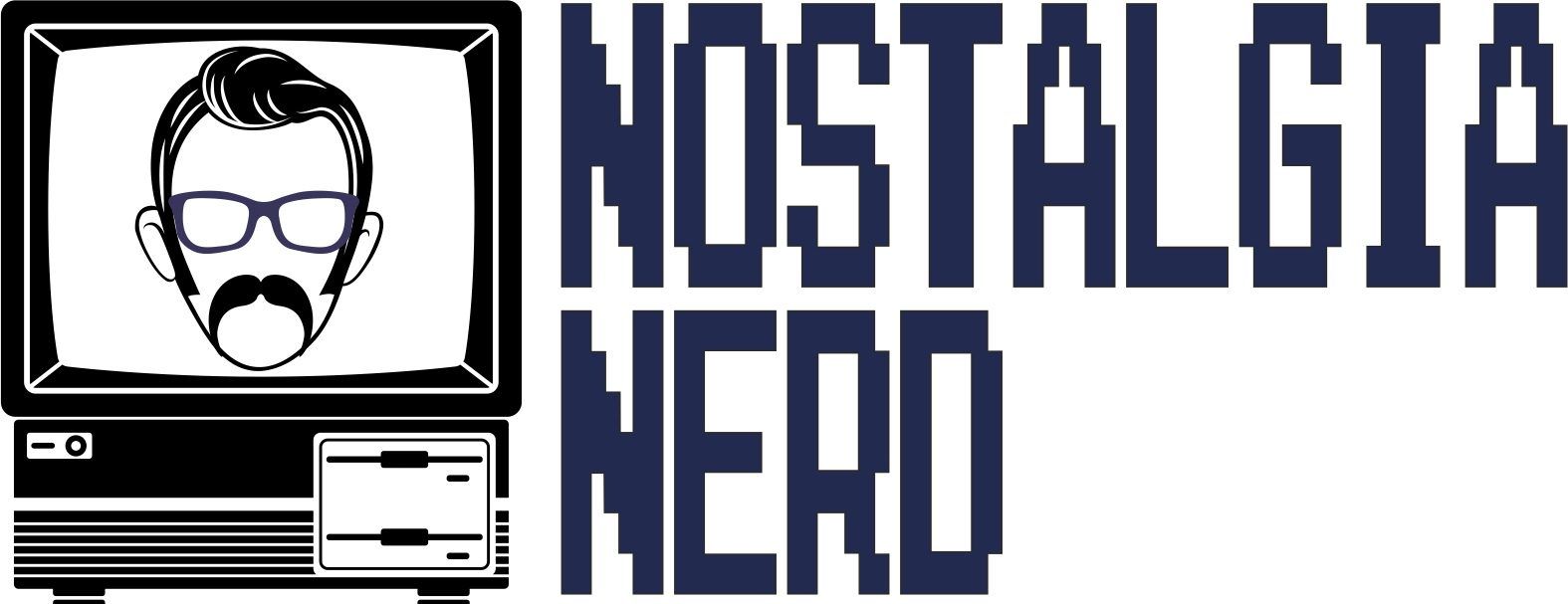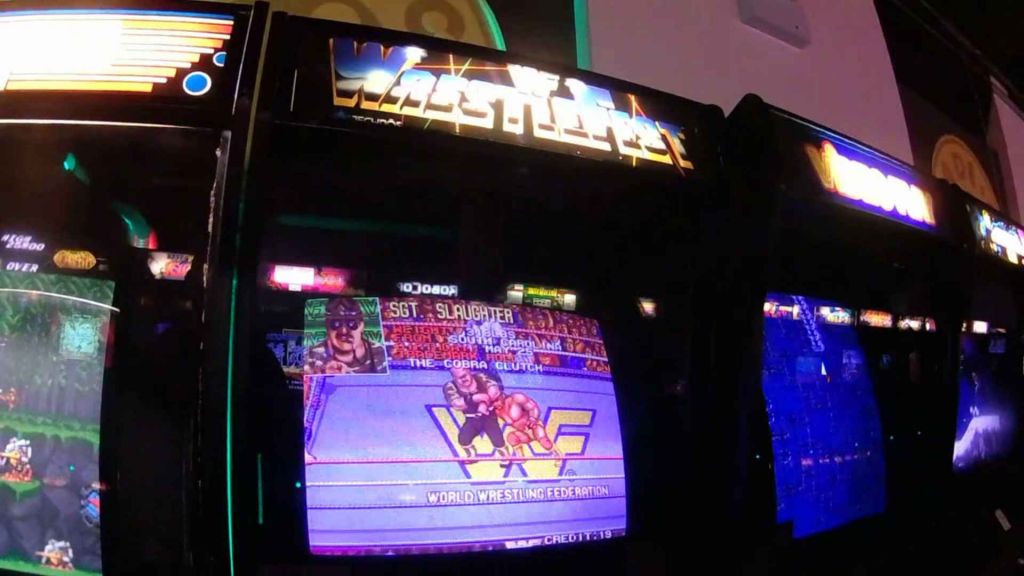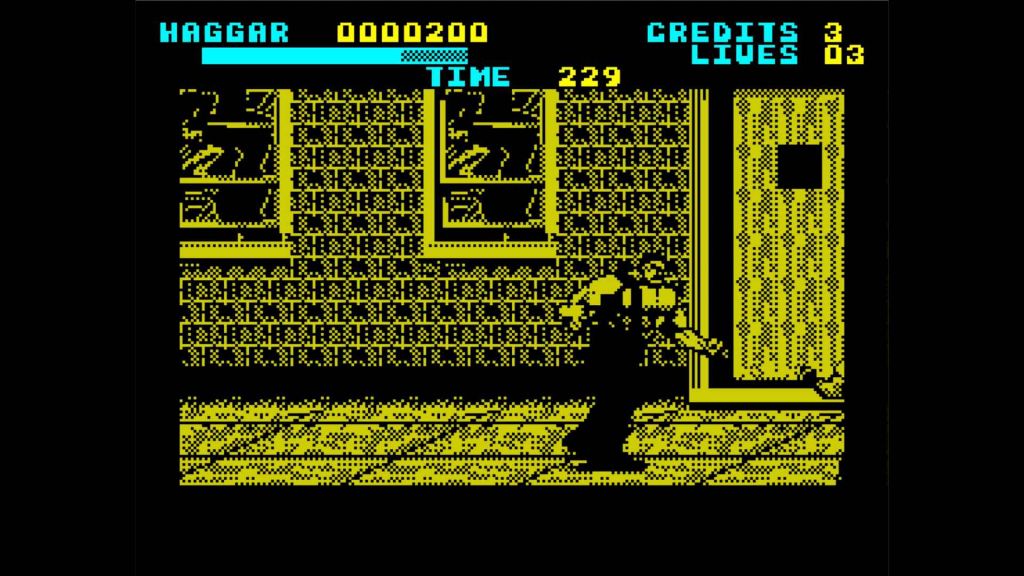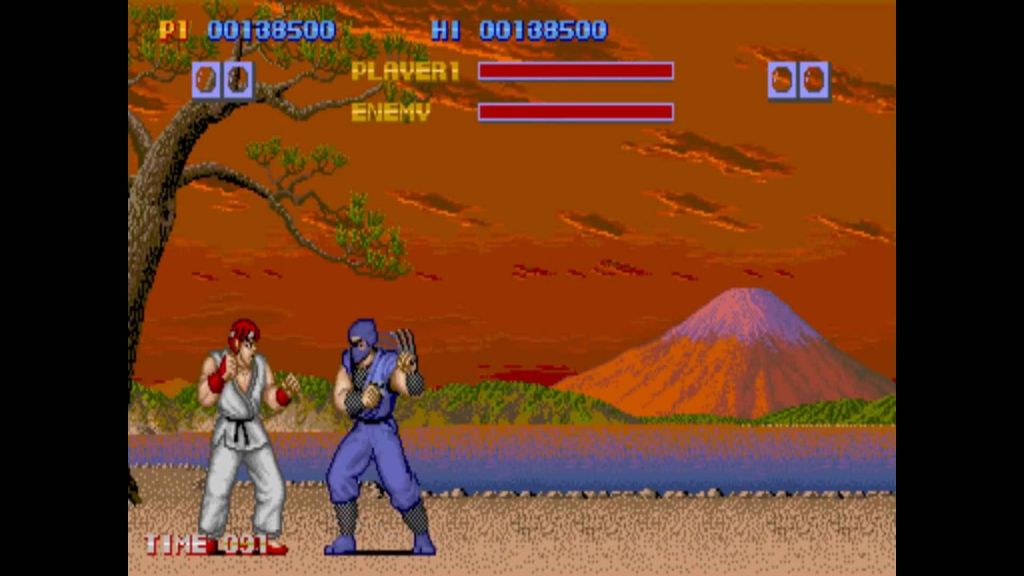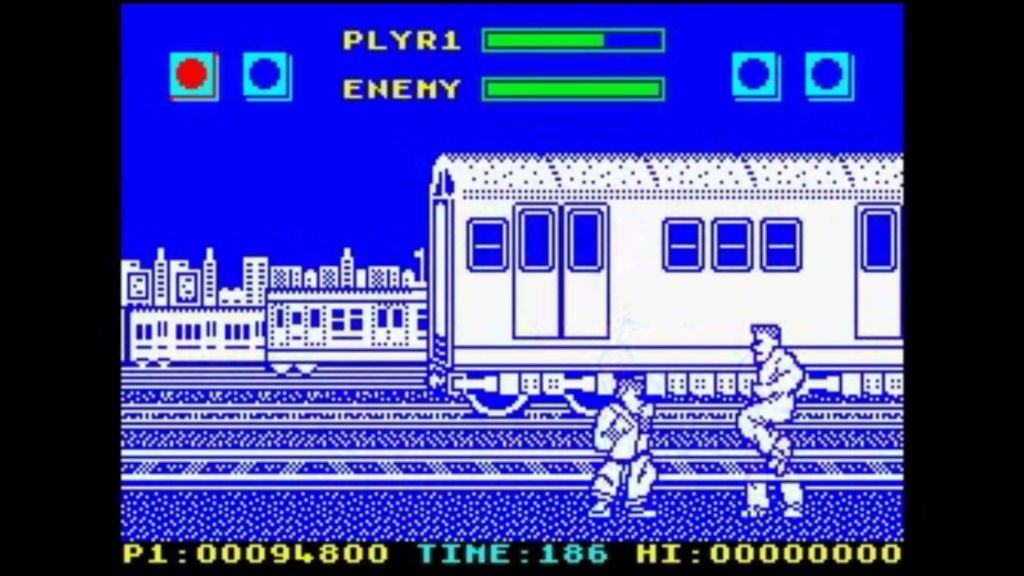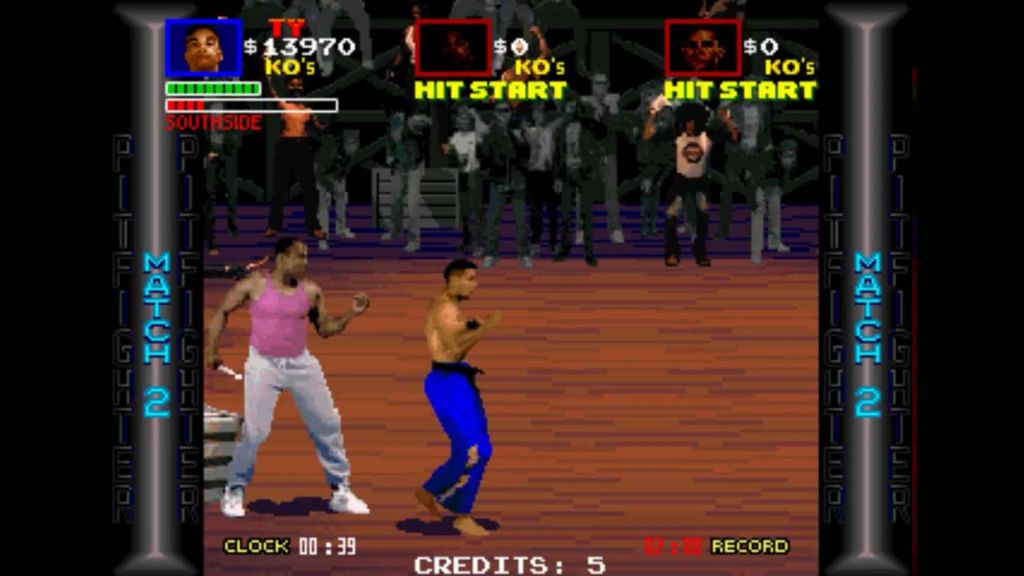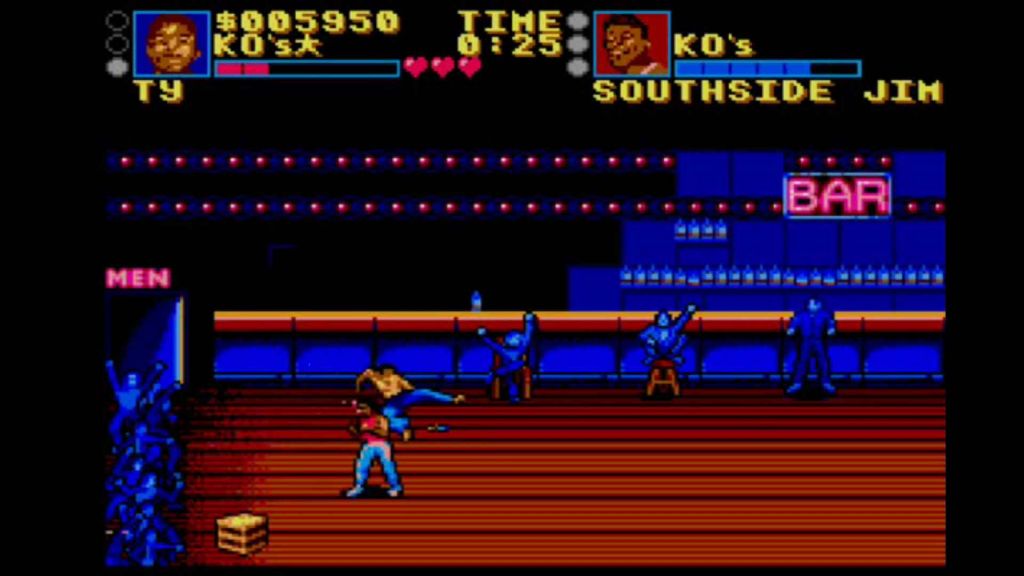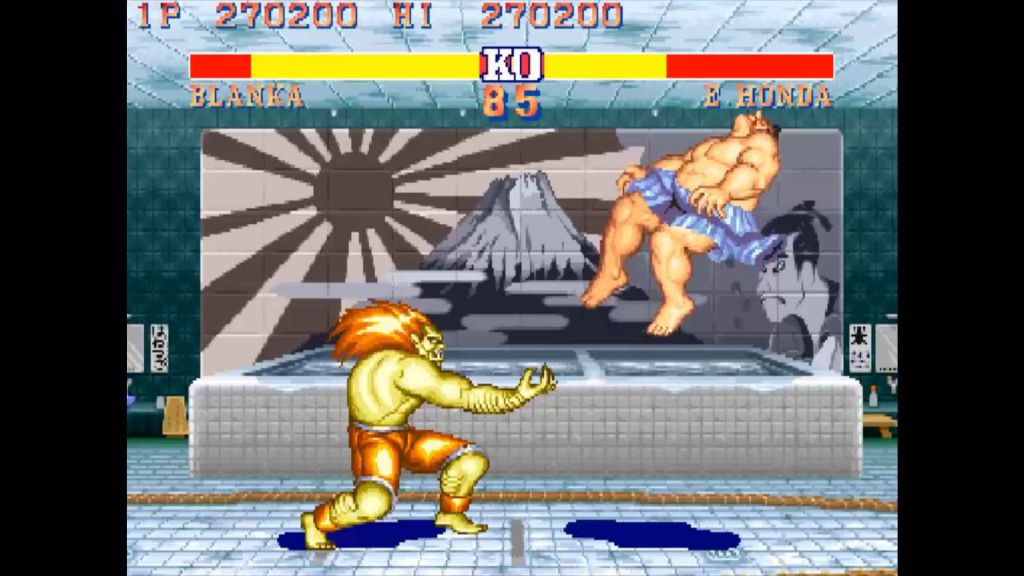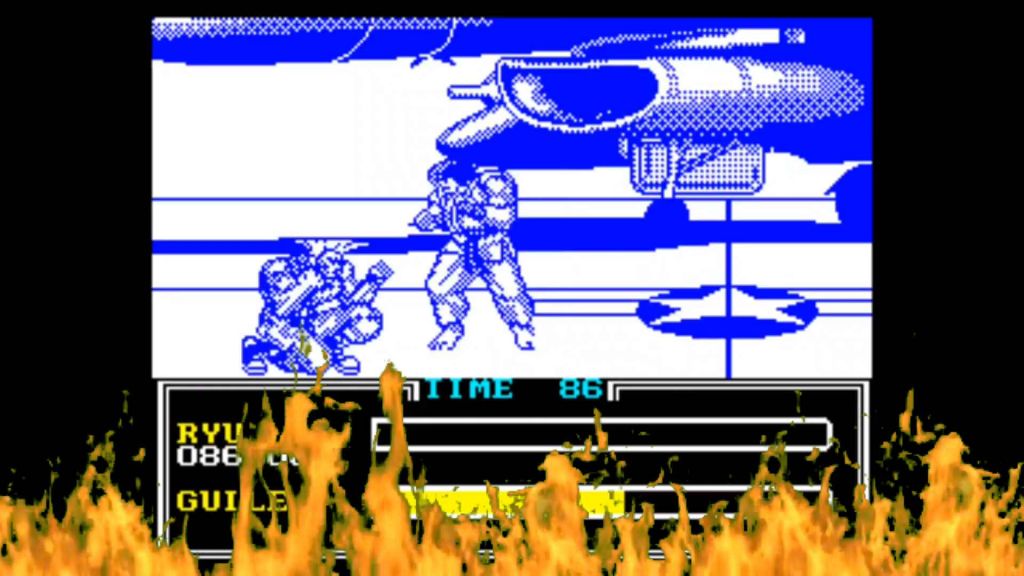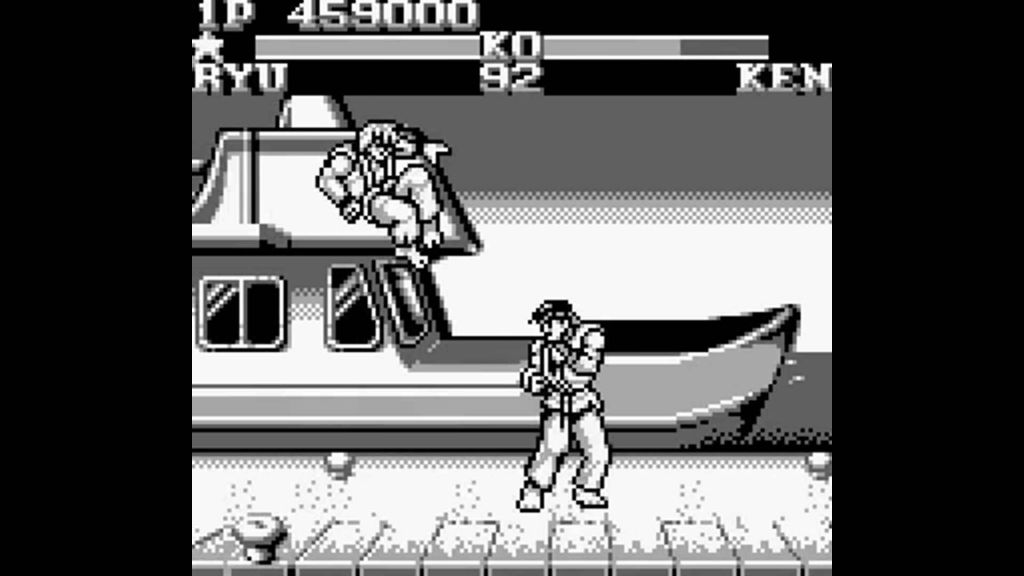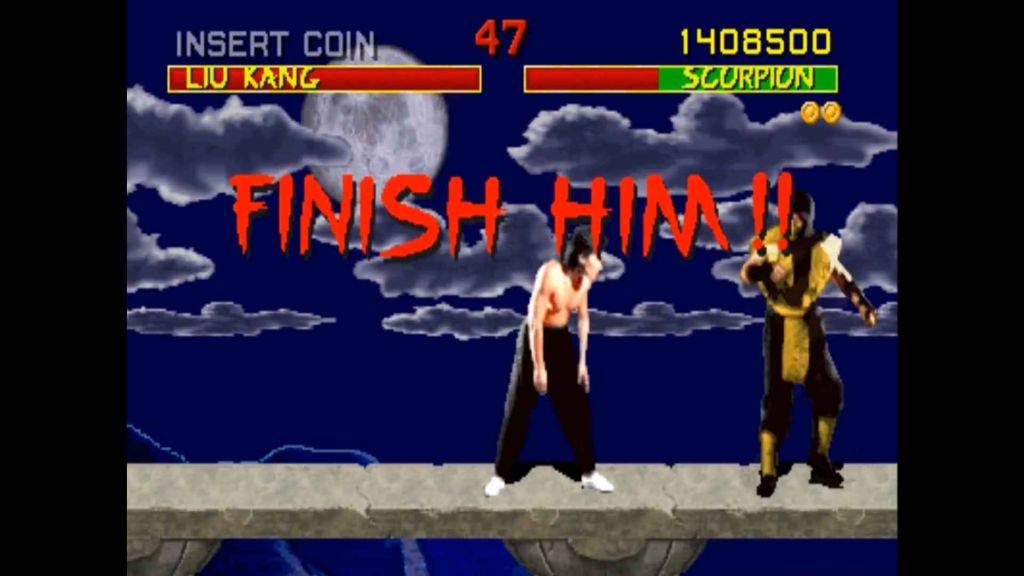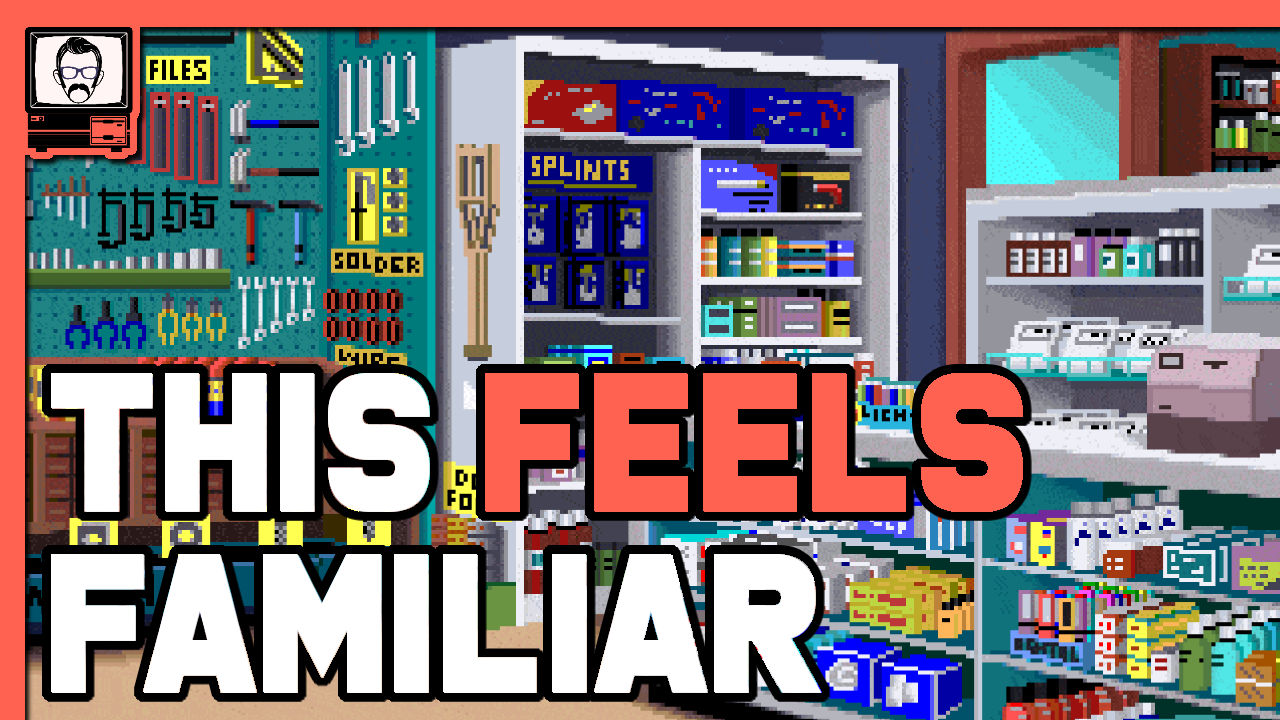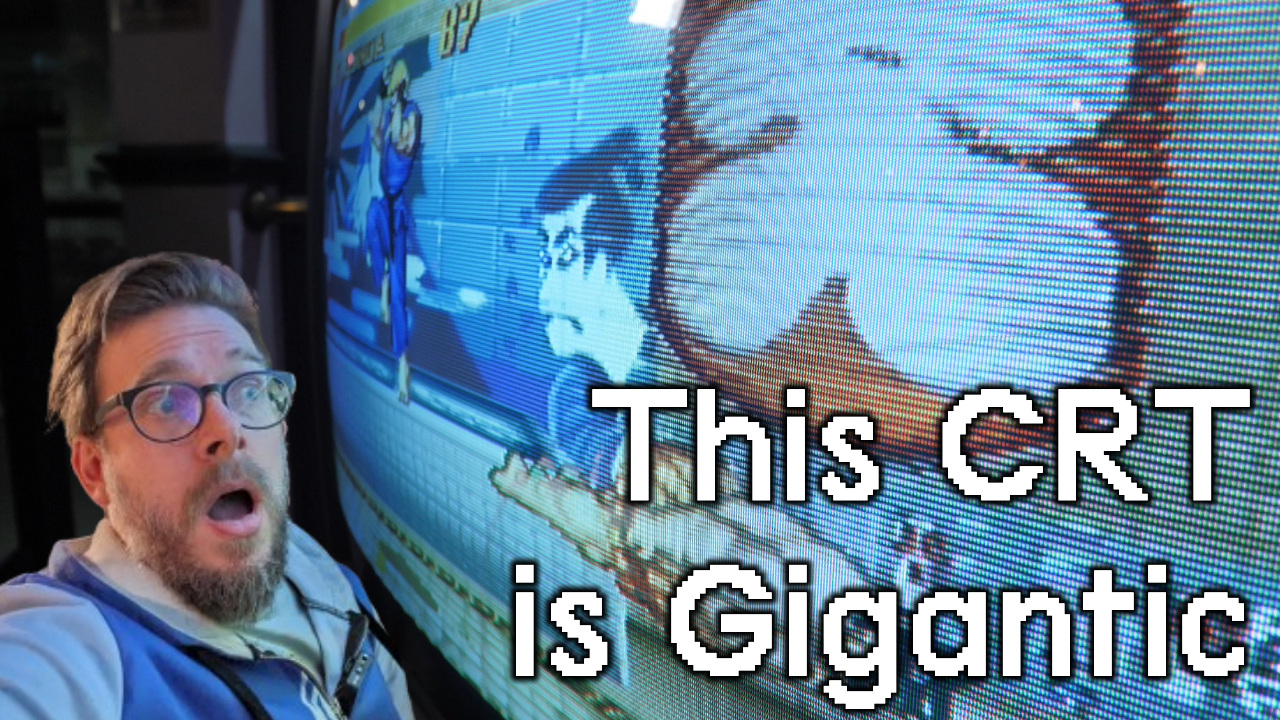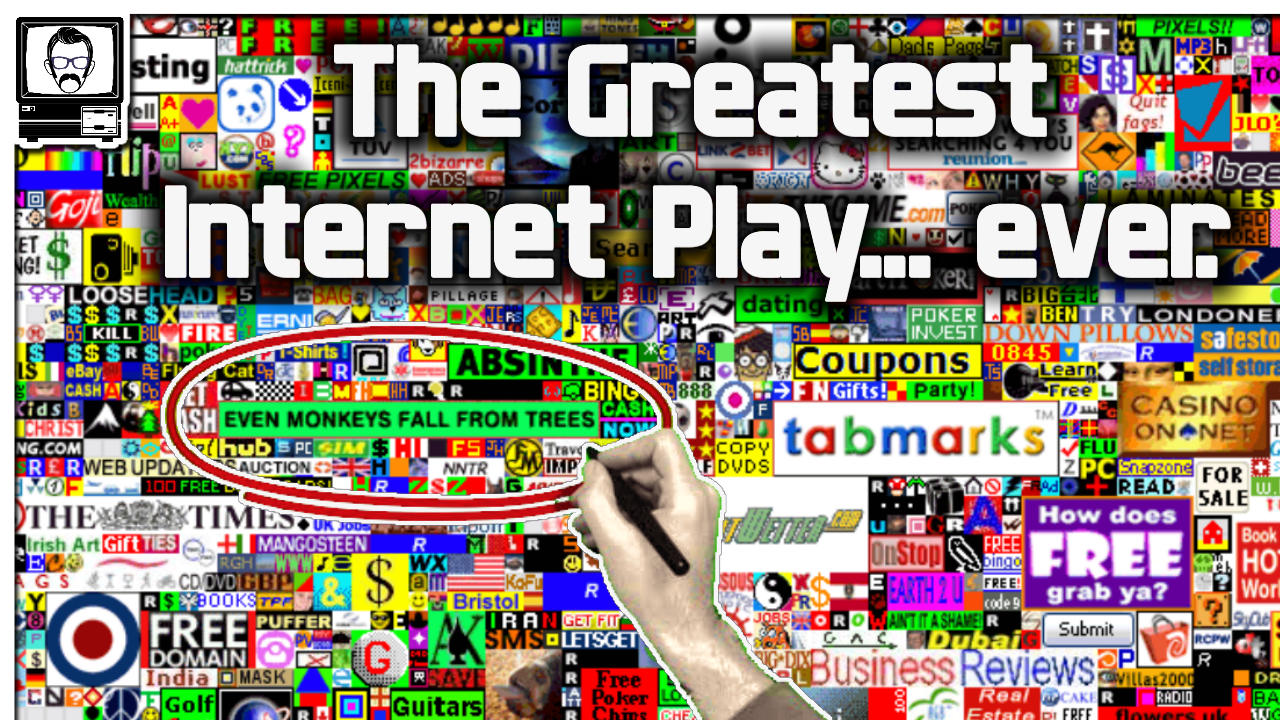There was a period of time between 1988 and 1994 where systems like the Commodore 64, ZX Spectrum, NES and Master System were coming to the end of their lives, but they were still popular enough (depending on what region you look at), to warrant contemporary arcade games being ported across. Great, you might say. Home ports are great. They allow an arcade experience in the home!
But this is an era of juxtaposition. It was also a time of fighting games. Games like Final Fight, Pit Fighter, Street Fighter and Mortal Kombat.
Chunky sprites. Detailed backgrounds. Fast Movement and spot on effects. This resulted in a visceral sensation of actually being a part of the fight, and it was great.
But this was also an era of god being in the graphics. If a home port looked like the arcade port, if the screen shots on the back of the box sealed the deal, then it was near as dammit, the arcade game.
The problem was. NONE of this translated well to these 8 bit platforms. Fast fighting action, detailed graphics, chunky sprites, and so looking like it wasn’t always beneficial to the player.
And so, we got this:
This is Final Fight on the ZX Spectrum, trying so incredibly hard to be Final Fight on the ZX Spectrum, and for that very reason, it is as far removed from Final Fight on the ZX Spectrum as you could get.
I mean, given the hardware constraints, it certainly looks the part, but because of that, it lacks the speed and fluidity that made Final Fight so fun in the first place. It’s such an overwhelming ordeal for the poor little Speccy, that it doesn’t even register key presses or collisions half the time.
Run it on a modern day emulator and 3x the speed, and it’s actually very commendable. But running at the Speccy’s 4MHz clock speed was not commendable, and base clock speed was all we had.
It coped with earlier beat ’em ups like Renegade and Double Dragon a little better. But not much.
The alternative option was to release a paired down take on a game, more fitting for the 8 bit hardware. That’s what Capcom did with Mighty Final Fight on the NES, featuring smaller chibi style sprites. Consequentially, it’s faster, and more playable, but of course, doesn’t have that arcade box art pull.
But maybe scrolling beat ’em ups is being a bit unfair. These poor micros never stood a chance. So let’s look at more static fighters;
Street Fighter (1987)
Ok, so the original Street Fighter isn’t the greatest arcade experience. But it arrived at the perfect time for 8 bit micros whose selection of fighters, apart from Barbarian and a few karate based games like The Way of the Exploding Fist and IK+, wasn’t great.
So Street Fighter shook up the scene, if a little less vigorously than it’s sequel, and even with 1987 arcade hardware, it’s on the very limits of what an 8 bit micro could replicate. For that reason we’ll use it as a benchmark for the horror shows to come, because actually, this works reasonably well.
The ZX Spectrum version programmed by Tiertex, although lacking colour, has large, defined sprites that move at an almost reasonable pace. I mean, there are very few frames of animation, but you can make out that Ryu is Ryu and they get the job done. The gameplay is pretty dull and cumbersome, and the AI is akin to fighting a slug. But it almost holds together as a playable game. You know, if you really wanted to, you could get through it.
I’ll be honest though that’s the best version. The Amiga and Atari ST versions are somehow worse, in almost every way… and the Commodore 64 version?.. Well, there are two versions for the C64; one developed for North America, the other for Europe. But they’re both so dreadful that US Gold1 included them both on the same cassette, to try and appease buyers somewhat.
Pit Fighter (1990)
When Pit Fighter burst on the scene in 1990, it blew most of the competition away. Being one of the first to use actual digitised fighters2 and a zooming camera action, it was technically miles ahead of anything else.
Gameplay wise, things were a bit more simple. Much like Renegade and Double Dragon, your moves were mainly limited to jump, punch and kick. But being able to interact with your environment was an added bonus that gave the gameplay enough variety to keep you entertained.
So then, for the home ports, it was clearly imperative to keep as much of the impressive technical elements as possible…. and you can imagine how that turned out on the ZX Spectrum.
I mean you can tell it’s Pit Fighter. So that goal has been well and truly met. But holy hell, this is like wading through a thick syrup of excrement. To coin a more successful YouTuber. What WERE THEY THINKING?
Teque Software Development Ltd, otherwise known as Krisalis Software the brains behind the coding weren’t exactly slouches. They created games like Laser Squad, Bad Lands and Castle Master. But yet, here we are in 1991 with a game as accessible as American Football. The thing is, it goes back to those graphics.
Crash Magazine said “Every spite seems to have been defined really small and blown up to fill the screen. I know the Spectrum doesn’t have the graphic capabilities of 16-bit machines, but it’s games don’t have to be this bad”. Awarding it 24%.
You see, to get such large sprites to move at any reasonable speed, they were indeed stretched out, and created in very low fidelity. Unfortunately the outcome is stretched spites still moving at an unreasonable speed, and a game that’s very hard to play indeed.
To get the other side of the coin, The Kremlin (the developers, not the Russian government), did the opposite on the Sega Master System. Shrinking everything down to a scale where it didn’t even resemble Pit Fighter in the slightest. The result is a slightly more playable game, but one that didn’t sell from the box art alone.
Street Fighter II (1991)
It’s amazing what a few years can do. Street Fighter II was not only years, but also worlds apart from it’s prequal. This new onslaught of colour, speed and combos blasted onto the scene in early 1991, and didn’t look back.
The problem of course, was the game had now advanced way past the original in terms of colours, graphics, sound, speed, playable characters, moves, basic gameplay, and given Tiertex had a hard enough time packing the first one in, this was surely an impossible task.
Well, for starters it took another 2 years, with the ZX Spectrum release not available until 19933, and by that point, you have to ask, why bother? The system was very much in its dying days, and not even THIS could resurrect in. In fact, I’m sure this helped lay it to rest even quicker.
BUT, this simple fact also meant that the last remaining Spectrum magazines commended any new games, especially big names like this, like it was better than sliced bread. Your Sinclair, issue 87 said “Staggering graphics and speed and a huge range of moves. It’s one of the best two-player games on the good ol’Speccy” gifting it 67%. With Sinclair User going even more out awarded it a whopping 89%.
The Spectrum version was developed, again, by Tiertex, but other home ports, including Amiga, ST and DOS were developed by Creative Materials, and even though, those platforms aren’t exactly inappropriate for the game. They’re still pretty bad examples.
The Commodore 64 version is undoubtedly the worst. I’ve even made a dedicated video about it. It’s not helped by the C64’s lower resolution, but that could be forgiven if gameplay was any good. Unfortunately, it’s not, it plays about as well as a badly chopped onion.
You only have to look at the Gameboy version developed by Sun L, to realise that cramming a fighter of this nature, is indeed possible on limited hardware, you just have to made sacrifices. In this case, with only two buttons, strength is determined by how long you hold down the trigger for, rather than complex combinations. It’s fully paired down for the hardware, and because of that, it works.
The Famicom (the Japanese NES) would receive an unlicenced version in 1992, developed by Hummer Team and published by Cony Soft4 which is pretty abysmal, and you can understand why Nintendo wouldn’t want it on their platform given how spectacular the SNES version was.
BUT Tec Toy would actually release their own Brazil exclusive version in 1997 for the Master System. Here, the game has been paired down to remove moves and is only single player, arguably removing the most fun element. But those sacrifices mean it still plays well and for an 8 bit console, it looks phenomenal.
Mortal Kombat (1992)
Which brings us to my favourite fighter of the 90s. It just stood out for all the right (or wrong if you’re that way inclined reasons). The fact that is sparked a series of court cases5 regarding it’s violent content may seem laughable today, but back then it paved the way for game age ratings around the world.
Of course, I doubt the uproar would have been the same had only the Master System version been released. Which is a shame, because it’s a port which tries so very very hard to be like it’s Mega Drive counter part, but just lacks the grace and finesse needed to mould a fun, seamless playable experience.
Plus, if you’re the type who craves a 6 button pad, remember, the Master System has just two buttons, meaning special moves require some pretty finicky directional manoeuvres to pull off, and even then you’re quite limited.
Even so, here we get a game that looks like Mortal Kombat. It has two player mode, and it just about achieves what an 8 bit console shouldn’t.
Which is definitely more than we can say for most of these struggling 8 bit conversions.
Of course, it’s always down to homebrew developers to rectify past issues. In 2018, Mighty Final Fight was developed by a group of Russian coders, and it looks and plays incredibly well.
Still, I look back on this time with incredibly fond memories. These machines may not have had the brute power to run games of this nature, especially with chunky sprites and fast movement, but the developers damn well tried to create something as faithful as possible.
We can’t blame them for their shortcomings…. well, ok, sometimes we can. But it was more our uncontrollable unsated craving to have an arcade experience in the home that kept them coming… and sure, it might have been disappointing, but just having a tiny slice of that arcade experience on your trusty underdog of a machine was good enough.
That’ll do boy. That’ll do.

Nostalgia Nerd is also known by the name Peter Leigh. They routinely make YouTube videos and then publish the scripts to those videos here. You can follow Nostalgia Nerd using the social links below.
